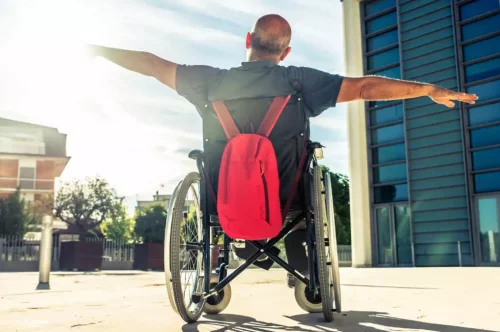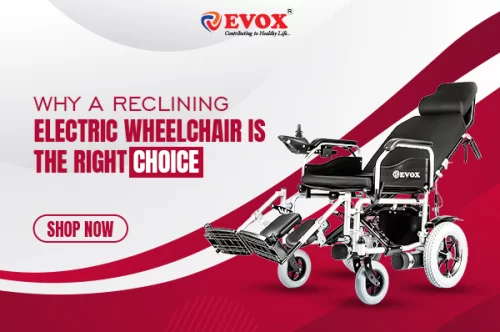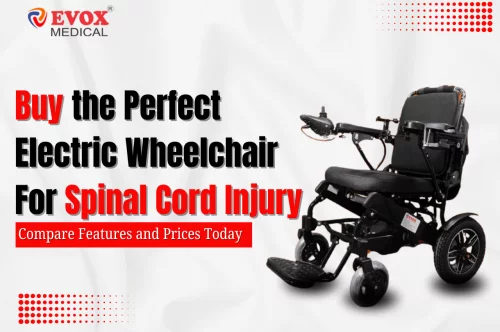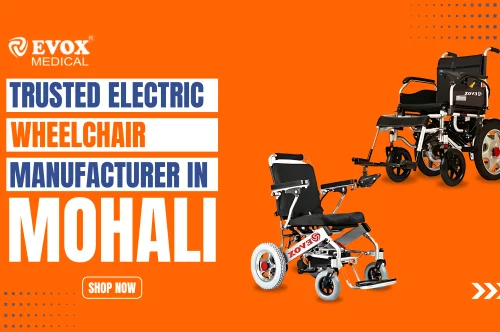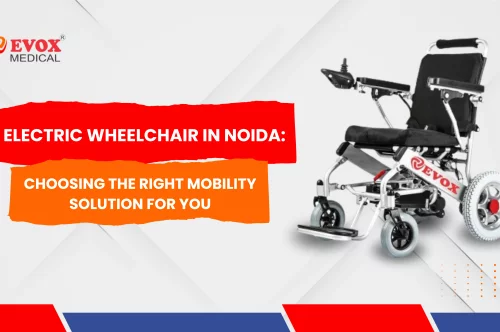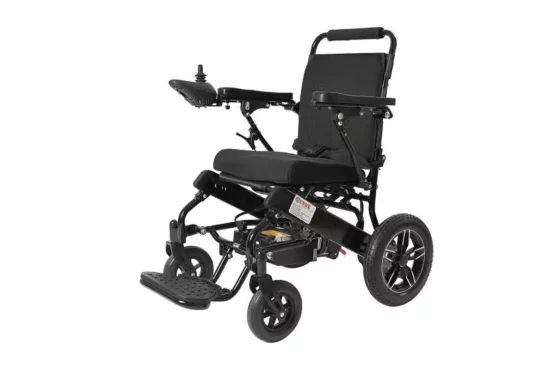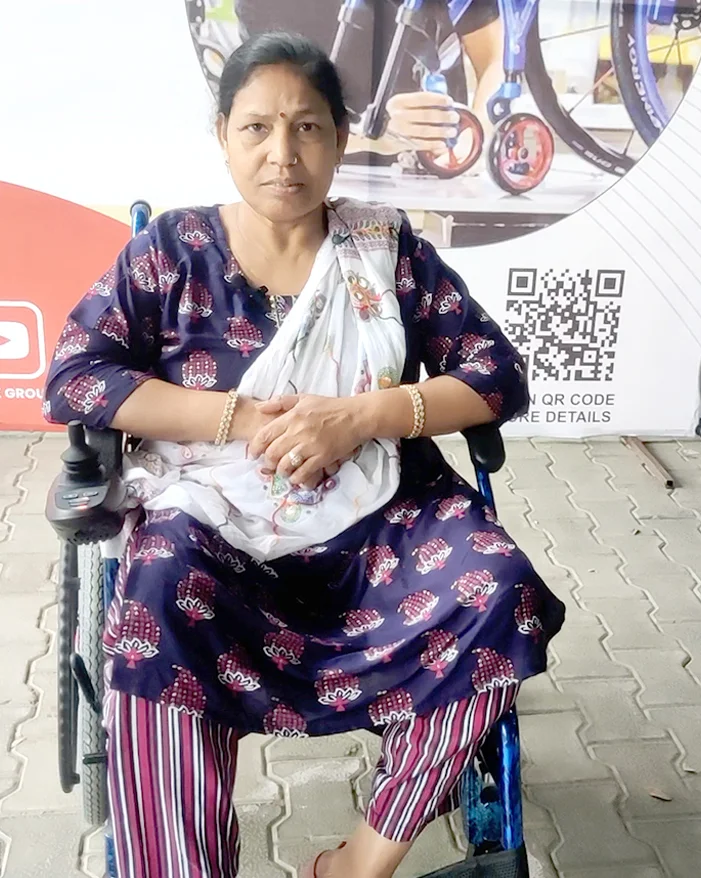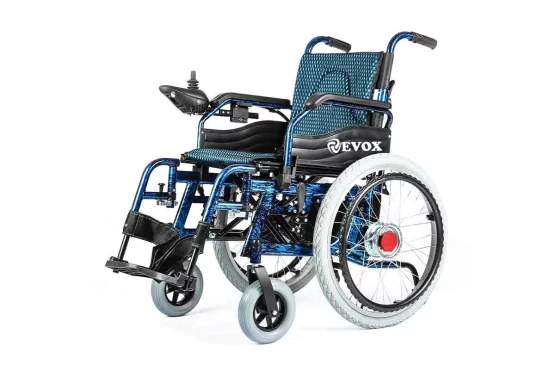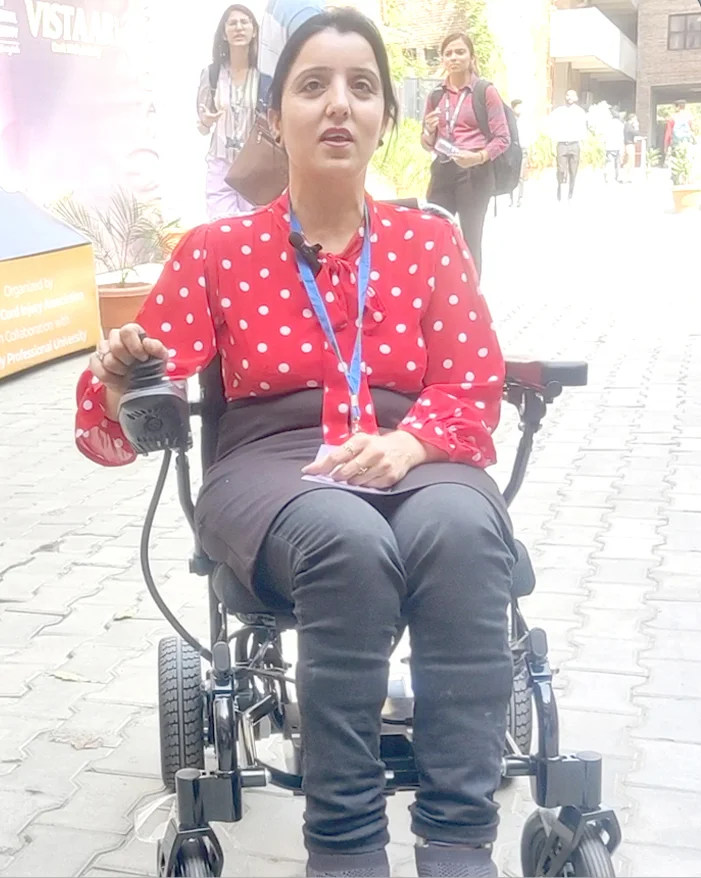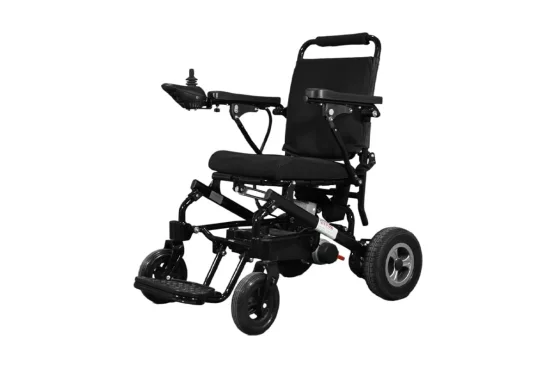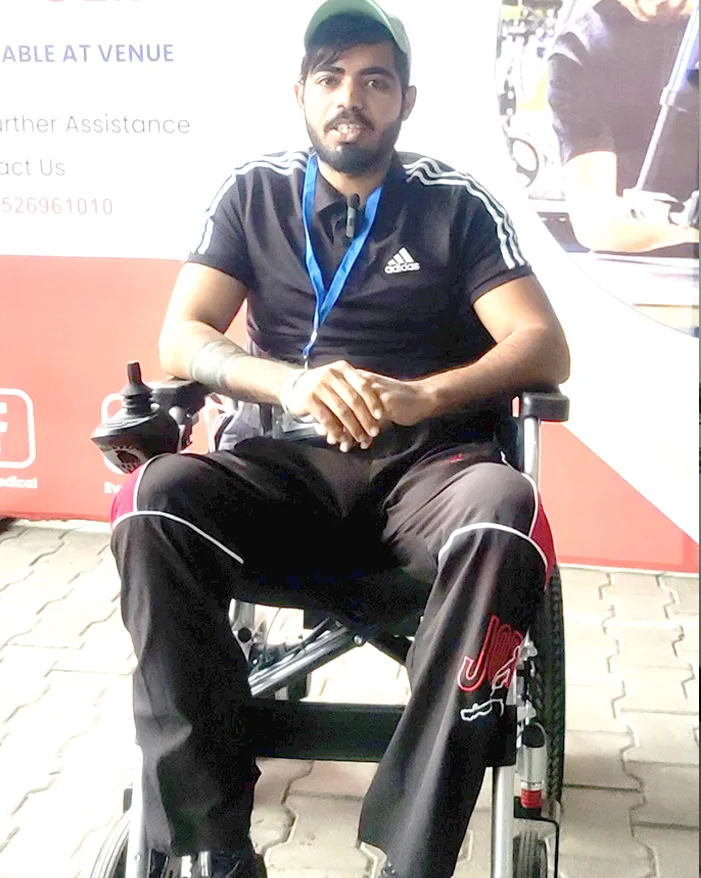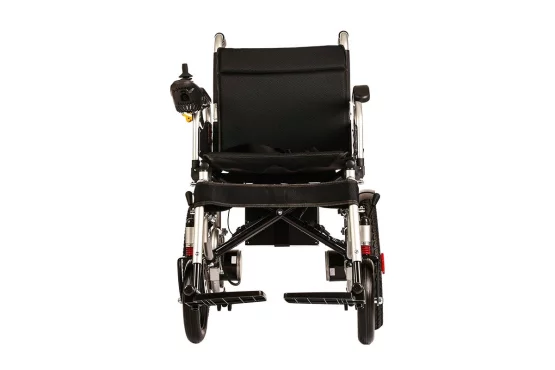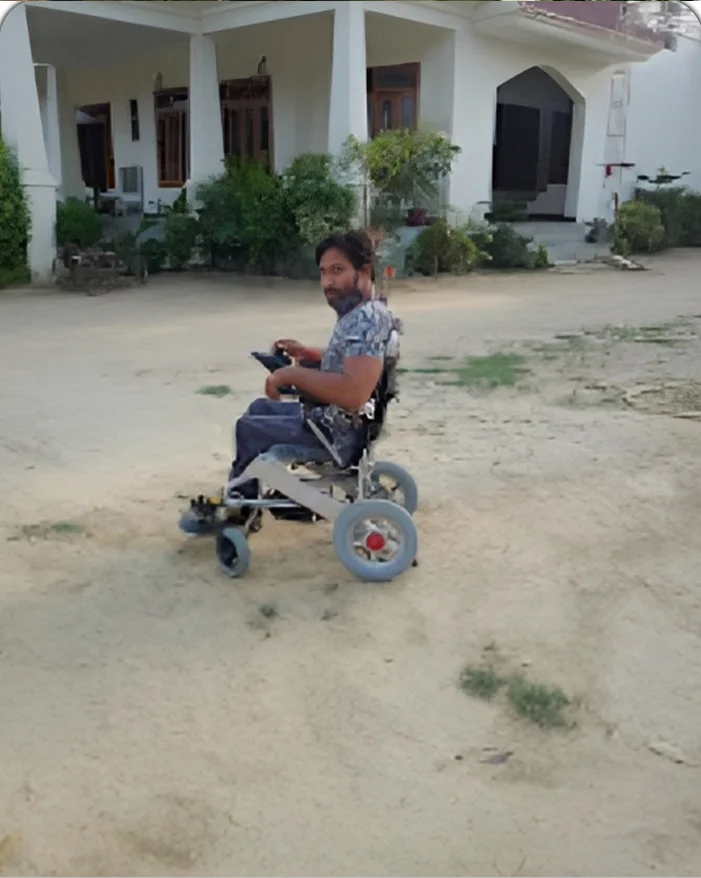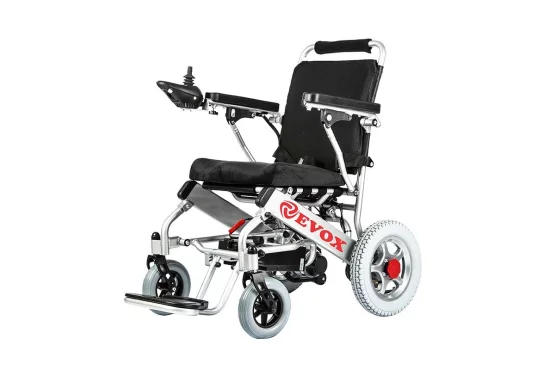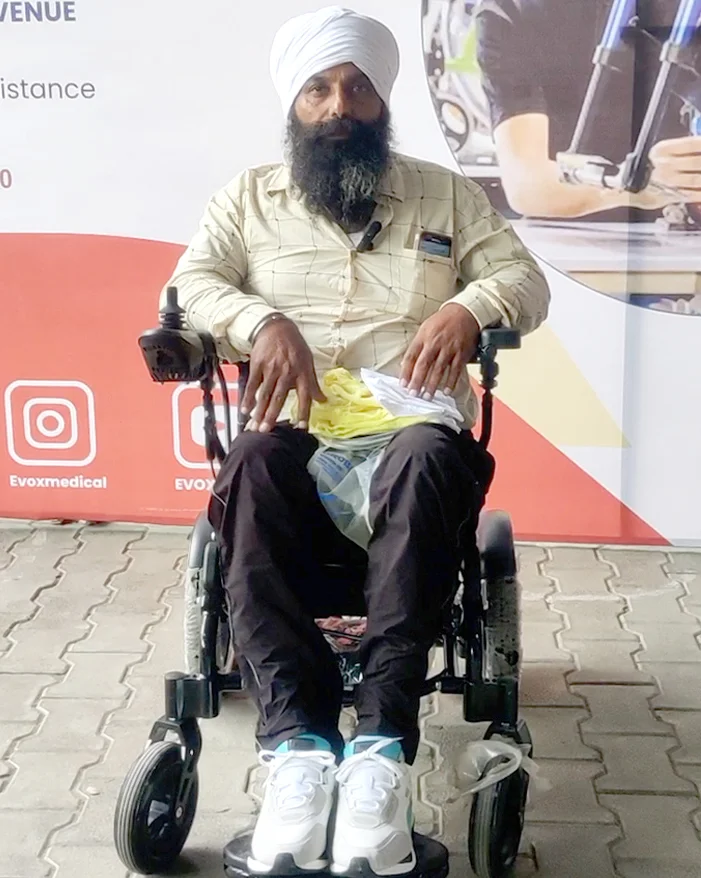Electric Wheelchairs vs. Scooters: Don't Get Wheeled in the Wrong Direction

Maintaining independence and mobility is crucial for a fulfilling life. For individuals with limited mobility, electric wheelchairs and mobility scooters offer valuable solutions. However, choosing between these two assistive devices can be confusing. This comprehensive guide will break down the key differences between electric wheelchairs and scooters, helping you make an informed decision that best suits your needs.
Primary Considerations: Understanding Your Requirements
Before diving into specifics, it's vital to understand your individual requirements. Here are some key questions to ask yourself:
-
Level of Mobility:
-
Electric Wheelchairs: Ideal for individuals with limited upper body strength or who require postural support for extended periods.
-
Scooters: Better suited for those who can transfer independently and maintain good upper body control.
-
Environment of Use:
-
Electric Wheelchairs: Excel in indoor environments due to their tight turning radius and maneuverability. Some models are also equipped for outdoor use with larger wheels and suspension systems.
-
Travel Needs:
-
Electric Wheelchairs: Folding models offer some portability for car travel, but generally require more planning and assistance for loading and unloading.
-
Scooters: Often lighter and more compact, making them easier to disassemble and transport in vehicles.
-
Lifestyle and Activity Level:
-
Electric Wheelchairs: Provide greater stability and support for navigating uneven surfaces and obstacles.
-
Scooters: May be more comfortable for longer outdoor trips due to their upright seating position and ease of operation.
Secondary Considerations: Functionality and Features
Once you have a clearer picture of your primary needs, let's explore the specific functionalities and features of each device:
Electric Wheelchairs:
-
Design: Electric wheelchairs typically feature a chair-like seat with a backrest, joystick or hand controls, and a base with wheels. They offer a wide range of customization options for seating, footrests, headrests, and armrests to maximize comfort and support.
-
Maneuverability: Electric wheelchairs shine in tight spaces due to their compact turning radius. This makes them ideal for navigating indoors, maneuvering around furniture, and going through doorways.
-
Stability: With their low center of gravity and multiple wheels, electric wheelchairs provide excellent stability for navigating uneven surfaces, inclines, and obstacles. Some models even offer all-terrain capabilities for outdoor adventures.
-
Comfort: High-quality electric wheelchairs prioritize user comfort with features like adjustable seating, padding, and pressure relief systems.
-
Speed: Typically travel at slower speeds (3-5 mph) compared to scooters, focusing on maneuverability and control.
-
Safety: Advanced safety features like anti-tippers and emergency brakes enhance user safety.
Mobility Scooters:
-
Design: Mobility scooters feature a scooter-style seat with handlebars or a tiller for steering. They tend to be lighter and more compact than electric wheelchairs.
-
Ease of Use: Scooters offer a simpler design and intuitive controls, making them easier to learn and operate, especially for individuals with limited upper body strength.
-
Speed: Generally travel at faster speeds (up to 8-10 mph) compared to electric wheelchairs, making them ideal for traversing longer distances outdoors.
-
Portability: Many models are lightweight and easily disassembled, facilitating storage and transportation in vehicles.
-
Comfort: Scooters offer a comfortable upright seating position for longer journeys outdoors. Some models include features like reclining seats and armrests for additional comfort.
-
Stability: Though stable on flat surfaces, scooters may have less stability compared to electric wheelchairs on uneven terrain or inclines.
Secondary Considerations: Additional Factors to Consider
When making your final decision, consider these additional factors:
-
Battery Life: Both electric wheelchairs and scooters come with rechargeable batteries. It's crucial to choose one with a range that accommodates your daily needs and travel distances.
-
Weight Capacity: Ensure the chosen device has a weight capacity that safely supports your individual needs.
-
Durability: Opt for a reputable brand that offers durable construction and reliable performance.
-
Warranty and Service: Consider the warranty coverage and availability of after-sales service for repairs and maintenance.
-
Cost: Electric wheelchairs and scooters come in a variety of price ranges depending on features, customization options, and brand.
Exploring Additional Options:
While electric wheelchairs and scooters are the most common options, there are other assistive devices worth considering:
-
Manual Wheelchairs: Provide a cost-effective option for individuals with upper body strength for self-propelling.
-
Stand-up Scooters: These innovative scooters allow users to transition from a seated position to a standing position, promoting improved circulation and overall well-being.
-
Power Assist Wheelchairs: These combine the manual wheelchair design with a motorized function to assist with propulsion, reducing fatigue for users with some upper body strength.
Making the Right Choice: A Tailored Approach
Ultimately, the best choice between an electric wheelchair and a mobility scooter hinges on a personalized assessment of your specific needs and lifestyle. Consider these key takeaways:
Choose an Electric Wheelchair if:
-
You have limited upper body strength or require postural support.
-
You primarily navigate indoors and need excellent maneuverability in tight spaces.
-
Stability on uneven surfaces and inclines is a priority for your daily activities.
-
You require a high degree of customization for seating and comfort.
Choose a Mobility Scooter if:
-
You can transfer independently and have good upper body control for steering.
-
You plan on traveling longer distances outdoors and require a faster travel speed.
-
Portability and ease of storage are important factors for your lifestyle.
-
You prioritize an upright seating position for comfort during extended outdoor use.
Remember:
-
Consulting with a healthcare professional like a physical therapist or occupational therapist can be invaluable. They can assess your individual needs and recommend the most suitable assistive device based on your physical capabilities and lifestyle.
-
Many mobility device retailers offer in-store consultations and product trials. Take advantage of these opportunities to test drive different models and experience the functionality firsthand before making a purchase.
Beyond the Basics: Additional Resources and Support ( Only For USA )
Here are some additional resources to help you on your journey toward greater mobility and independence:
-
The National Center for Mobility Training (NCMT): https://nationalcenterformobilitymanagement.org/training/ - A non-profit organization offering resources and training programs on assistive technology.
-
The American Occupational Therapy Association (AOTA): https://www.aota.org/ - Provides information on occupational therapists who can help you select and use assistive devices.
-
The Christopher & Dana Reeve Foundation: https://www.christopherreeve.org/ - Offers resources and support for individuals with spinal cord injuries, including information on mobility devices.
Investing in Freedom: The Power of Mobility Solutions
Choosing the right electric wheelchair or mobility scooter is an investment in your independence and overall quality of life. By carefully considering your needs, researching available options, and seeking professional guidance, you can empower yourself to navigate the world with confidence and newfound freedom.

